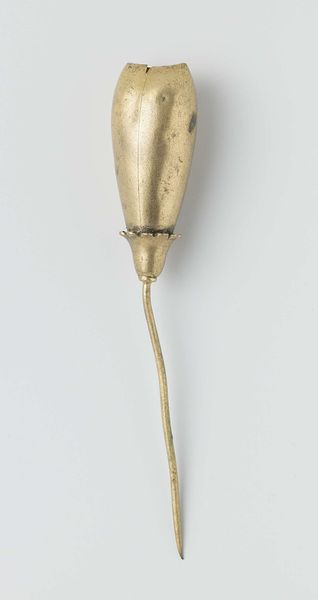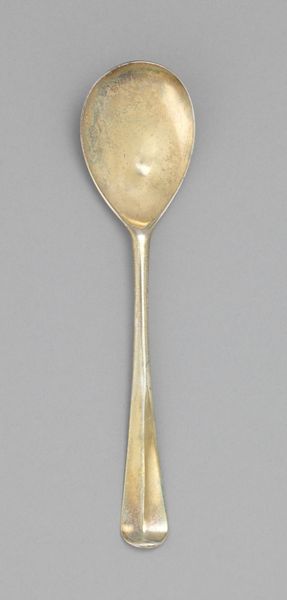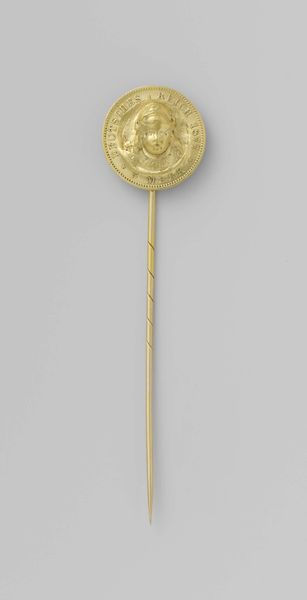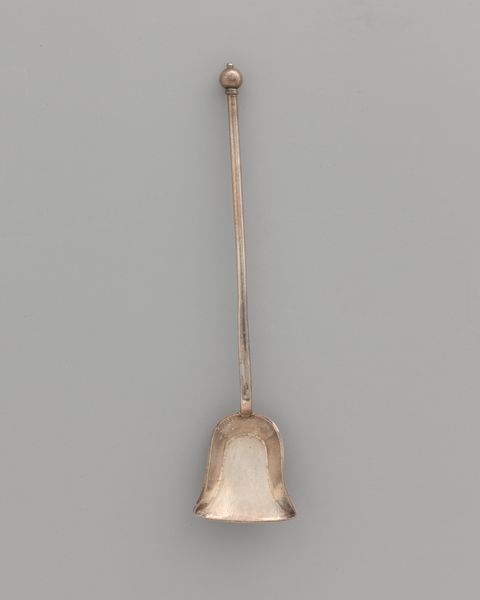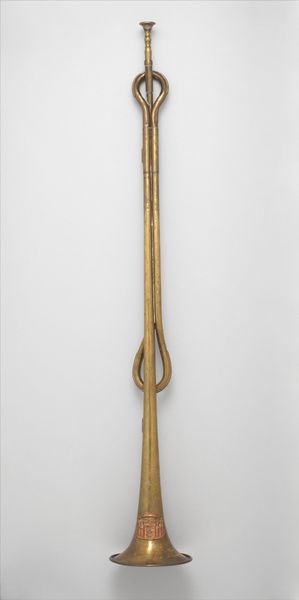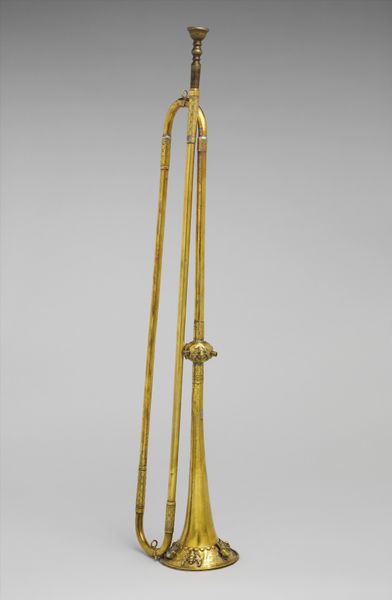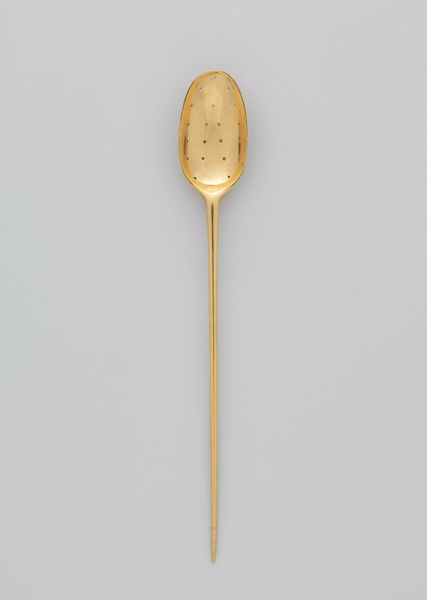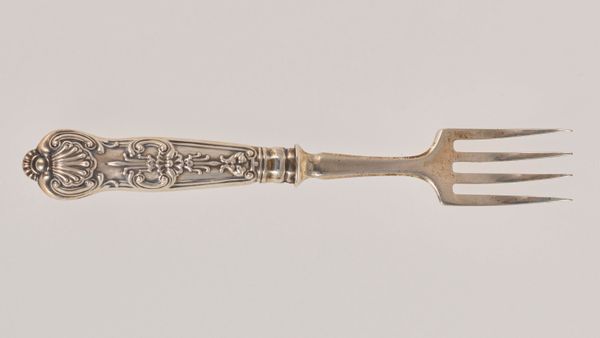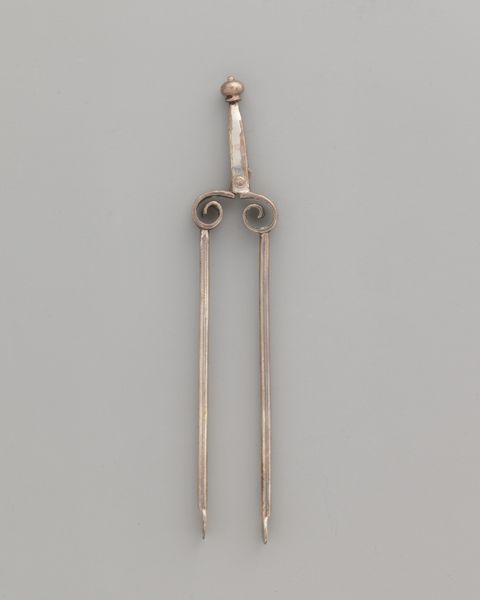
brass, silver, metal, gold, sculpture
#
brass
#
silver
#
metal
#
gold
#
sculpture
#
symbolism
#
decorative-art
Dimensions: length 8.5 cm, diameter 1.6 cm
Copyright: Rijks Museum: Open Domain
Editor: So, here we have a hatpin from a Persian masquerade costume, crafted in 1913 from gold, silver, brass and other metals. It strikes me as delicate yet imposing; such a small item created for something like a masquerade. What layers of interpretation are at play here? Curator: I see this piece as a potent symbol of cultural identity and performance. Masquerades, historically, have been sites of both liberation and oppression, spaces where social norms are challenged or reinforced. Given this hatpin’s creation during a period of intense global political change and imperial tensions, how might we interpret its use within a "Persian" masquerade costume? Whose idea of 'Persian' is being performed, and for whom? Editor: That’s fascinating. The idea of 'whose' Persia is really interesting, as I hadn’t considered how this might be consumed or perceived. Do you think the choice of metals and symbolism are relevant in the larger context? Curator: Absolutely. The gleam of gold, silver and brass invokes a sense of luxury and exoticism, reflecting perhaps Western fantasies about the East while also subtly referencing Persian metalworking traditions. The symbolic nature of the masquerade, and indeed of any wearable object, allows for the expression, celebration, or, potentially, the subtle mocking of a specific identity. Considering this, is it a tool for empowerment, or a form of subjugation? Editor: I hadn't thought of it as potentially mocking! I see what you mean, it's way more layered than I had initially considered! I am leaving with such an interesting take on masquerade and symbolism. Thank you! Curator: Precisely. Art objects carry with them silent dialogues about power, identity, and representation, constantly prompting us to question dominant narratives and histories. I'm so glad you feel you've seen this object under a new light!
Comments
No comments
Be the first to comment and join the conversation on the ultimate creative platform.
